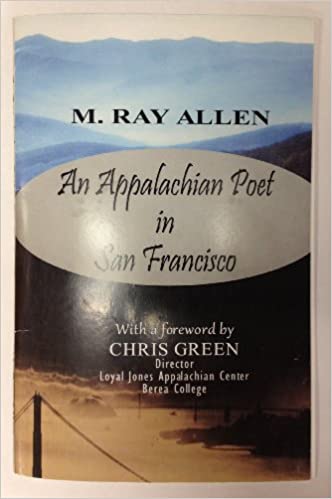President John F. Kennedy chose Robert Frost, Vermont’s poet laureate and four-time Pulitzer Prize winner, to read one of his poems at his inauguration, the first to be televised around the world.
Frost read “Stopping by Woods on a Snowy Evening,” instantaneously elevating his rhyming poem (iambic tetrameter) as the best-known poem in the English language.
After Frost was asked about whether or not he intended the crow in the hemlock tree in one of his other poems to be a symbol, Frost simply told the questioner that poets need not intentionally create symbols in their poems because readers will find plenty.
Such it is with poetry whether or not the poet employs a queen’s gambit or a knight’s opening; the crux of the matter in writing poetry is to communicate to the reader with words that will serve as wings to soar into the reader’s mind, hopefully with sufficient power to take root in memory.
Such poems as Frost’s The Road Not Taken have soared their way into the minds of generations of readers who recognize the divergence of the road that is emblematic in the poem represents the choice the speaker in the poem has made, that choosing the road less traveled by has made all the difference.
Thus, we as readers travel with Frost on the wings of his words that as Frost once noted are often more effective when they create ambiguity for the reader. Notably, “Stopping by Woods on a Snowy Evening” serves as an example of the ambiguity that Frost advocated by ending his poem with, “And miles to go before I sleep/And miles to go before I sleep.”
“Sleep” as a universal symbol of death is but one of many universal symbols poets have used to create the ambiguity Frost used so effectively in many of his poems whether he was intentionally implementing them or not. Literally, the traveler in Frost’s poem had miles to go before he could reach his destination, tend to his horse, and prepare for bed; however, the repetition of the same line Frost repeated to end his poem offers the reader evidence that “sleep” means more than “rest.”
Although Frost surmised that writing free verse is like playing tennis without a net, he did employ blank verse as did Shakespeare. Blank verse features unrhymed lines of iambic pentameter (ten syllables per line with the second, fourth, sixth, eighth, and tenth syllables receiving the stress).
Where do poems come from? What inspires a poet to pen a poem? This column is intended to create a pathway into the poet’s domain while exploring with its readers ways to create wings for words.






